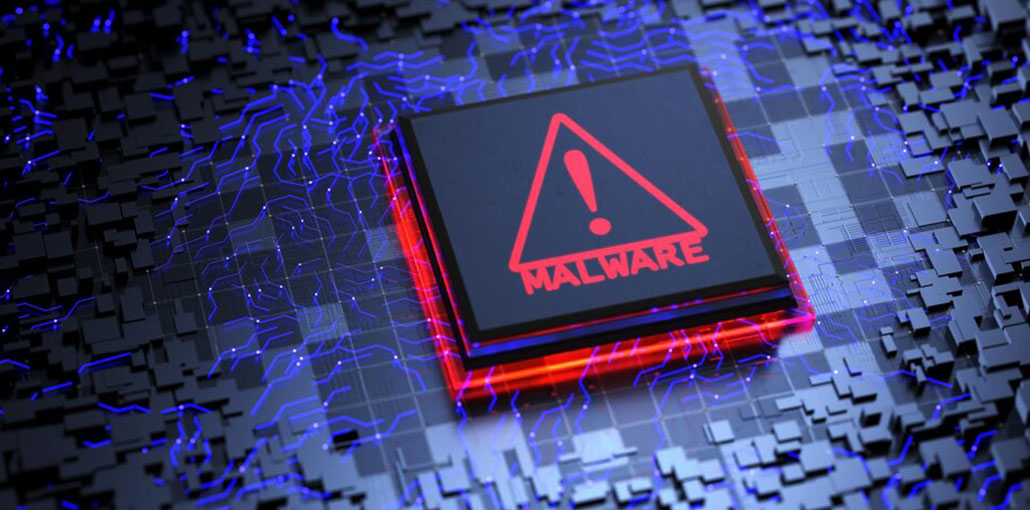Malware detection and prevention is an essential security measure for any organization today. In the age of a constantly evolving technological landscape, malicious actors are finding new ways to infiltrate computer systems and wreak havoc on unsuspecting users. As such, My Safe Domain says it’s essential for organizations to understand different malware threats, their origin, how they spread, and preventive measures that can be taken to stop potential attacks before they occur. Read on to learn more about what every organization should know about malware detection and prevention.
What Is Malware And How It Can Be Used To Attack A Business
Businesses are increasingly vulnerable to security threats, and one of the most notorious ones is malware. Simply put, malware is any malicious software designed to disrupt, damage, or gain unauthorized access to computer systems and data. Unfortunately, cybercriminals use malware as a weapon to attack businesses of all sizes around the world.
Malware can steal sensitive information like credit card numbers, login credentials, and other valuable data. It can also slow down or even crash entire systems, making it impossible for businesses to operate normally. Whether ransomware, viruses, or spyware, companies must do everything possible to protect themselves against malware attacks.
Also read: 5 Tips to Protect your Network from Malware Attacks
Tips For Recognizing Malicious Software And Preventing Infection
One of computer users’ most significant concerns is the threat of malicious software or malware. It can come in various forms – viruses, spyware, ransomware, and many others – and can cause immense damage to your system. The good news is that there are some simple steps that you can take to recognize and prevent malware from infecting your system. Some signs you should look for include unsolicited pop-ups, slow system performance, and unauthorized changes to your web browser settings. Updating your software and using a reliable antivirus program is also crucial. By taking these steps, you can stay protected and outsmart those looking to exploit your system.
The Importance Of Updating Anti-Virus Software And Other Security Measures Regularly
Keeping digital assets secure in our interconnected world should be a top priority. Hackers and cybercriminals are always seeking new ways to exploit vulnerabilities in software, and that’s why regular updates to anti-virus and other security measures are crucial. Not only do these updates protect your personal information and sensitive data, but they also ensure that your computer is running at its best. You wouldn’t keep driving your car without regular maintenance, so why risk leaving your laptop open to potential threats? In today’s fast-paced digital landscape, staying one step ahead is essential, which means keeping your security measures up to date.
How To Create An Incident Response Plan In Case Of A Malware Incident
My Safe Domain says malware incidents are inevitable in today’s digital age. As much as you may try to protect yourself, there is still a chance that your systems may become infected. That’s why having an incident response plan is crucial in case malware strikes. Your goal should outline procedures for identifying and analyzing the malware, quarantining infected devices, cleaning up affected systems, and reporting the incident to the relevant authorities.
The plan should also clearly define the roles and responsibilities of each team member during the response process. By creating and regularly updating such a plan, you can minimize the impact of a malware incident on your business operations and safeguard your confidential data.
Best Practices For Educating Employees On CyberSecurity
Businesses must implement proper cybersecurity processes to safeguard confidential data and prevent breaches. Educating employees on cyber security is crucial for success. Companies can ensure a secure workplace by training employees to identify deceptive emails, suspicious links, and weak passwords. Effective communication, regular training sessions, and hands-on guidance are best practices for educating employees on cyber security. Businesses must prioritize cyber security education to protect valuable data.
Also read: The Importance of Cyber Security Awareness in the Digital Age
How To Use An Intrusion Detection System (Ids) To Detect And Prevent Malware Attacks
A malware attack can spell disaster for any company in today’s age of advanced technology and interconnected systems. That’s where an intrusion detection system (IDS) comes in handy. An IDS monitors incoming network traffic and flags suspicious or potentially harmful activities. To effectively use an IDS to detect and prevent malware attacks, it’s essential to configure the system properly.
This involves defining what network traffic should be monitored, setting thresholds for suspicious activities, and creating rules for alerting security personnel. Regular analysis of IDS logs is also crucial for identifying and mitigating potential vulnerabilities. By leveraging the power and functionality of an IDS, organizations can stay one step ahead of cybercriminals and protect their valuable data and assets.
Conclusion
Malware is a growing business risk, so it is everyone’s job to stay informed and protect against these attacks. Understanding malware and the steps to take when confronted with potentially malicious software can be the difference between avoiding an attack or dealing with the disruption and damage that will cost time and money. Implementing secure anti-virus software, creating an incident response plan, educating employees on cyber security, and using an intrusion detection system will help ensure you are prepared in case of a malware attack.
Your business should not wait until something goes wrong; proactively securing and protecting network assets is critical for reducing operational risk. Keeping alert can save you from becoming another malware infection statistic, so do your part in helping to make sure all businesses remain safe from malicious intruders!










Leave a comment